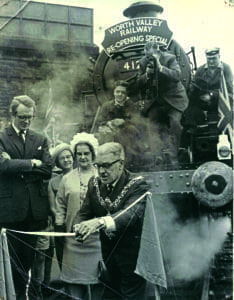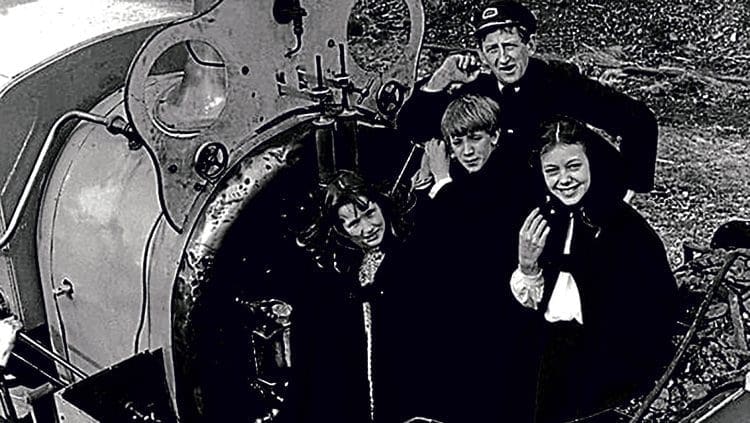While many events will be held this summer to mark the 50th anniversary of the end of steam, another date might well be considered far more important – for it was six weeks earlier on June 29, 1968, that the Keighley & Worth Valley Railway launched its first public services, in doing so giving an unprecedented boost to the revivalist sector, in a summer in which one door closed and another opened, writes Robin Jones.
STEAM haulage on the UK main line should not have ended in August 1968. It most definitely could and should have gone years before.

The modernisation of Britain’s railways with hindsight can be seen as a haphazard and mish-mash affair, littered with fragmented planning, a lack of joined-up thinking and very costly mistakes.

It is understandable why a country left with the enormous burden of wartime debt would not, indeed could not, follow the United States head first into eliminating steam haulage in favour of diesel and electric traction as soon as possible after the formation of British Railways.
Enjoy more Heritage Railway reading in the four-weekly magazine.
Click here to subscribe & save.
The technology was there – the LMS outshopped its first main line diesel in 1947 – but there would not only be the colossal expense of building a new national fleet of locomotives but also the essential infrastructure to serve them.
The 1955 Modernisation Plan, which was published at the end of 1954, called for the eradication of steam asap.
Yet what followed was to a somewhat large extent an almightly stab in the dark – outside manufacturers turning out diesel types which were barely fit for purpose, some of which – like the Class 28 Metrovick Co-Bos lasted only weeks after the end of BR steam, diesels ordered for branch line freight when those self-same branch lines were being closed and ripped up, regions doing their own thing – the Western Region opting for diesel hydraulics while everyone else chose diesel electric… in each case, public money sooner or later went down the pan.
Cost cutting
The GWR successfully introduced diesel railcars in the Thirties. Had BR in its early years expanded the fleet, how many branch lines could have been saved by cutting the cost of running steam?

As it was, British Railways ended up making soaring losses, and then the government appointed an axeman to curb them. Too little too late, at least for the rural communities which ended up being disenfranchised.
Had a more centralised and informed approach been taken by the nationalised railway, steam would all but certainly have been phased out much sooner than it was.

That is not to say that a steamless railway network could have done more to combat the rapid rise in car ownership and the use of cheaper and more convenient road transport…
On one hand, it seems somewhat negative to mark the 50th anniversary of the August 1968 passing of a much-loved form of traction, largely for nostalgic and romantic reasons. On the other hand, the heritage sector gained much from the ‘belated’ withdrawal of steam.
Read more and view more images in Issue 242 of HR – on sale now!
* Bronte Steam is on sale now priced £6.99. Heritage Railway editor Robin Jones’ superb bookazine looks at ’50 years of the Thriving Keighley & Worth Valley Railway’. Visit www.classicmagazines.co.uk/thebookshelf for more details of how to purchase YOUR copy.
Advert
 Enjoy more Heritage Railway reading in the four-weekly magazine. Click here to subscribe.
Enjoy more Heritage Railway reading in the four-weekly magazine. Click here to subscribe.




